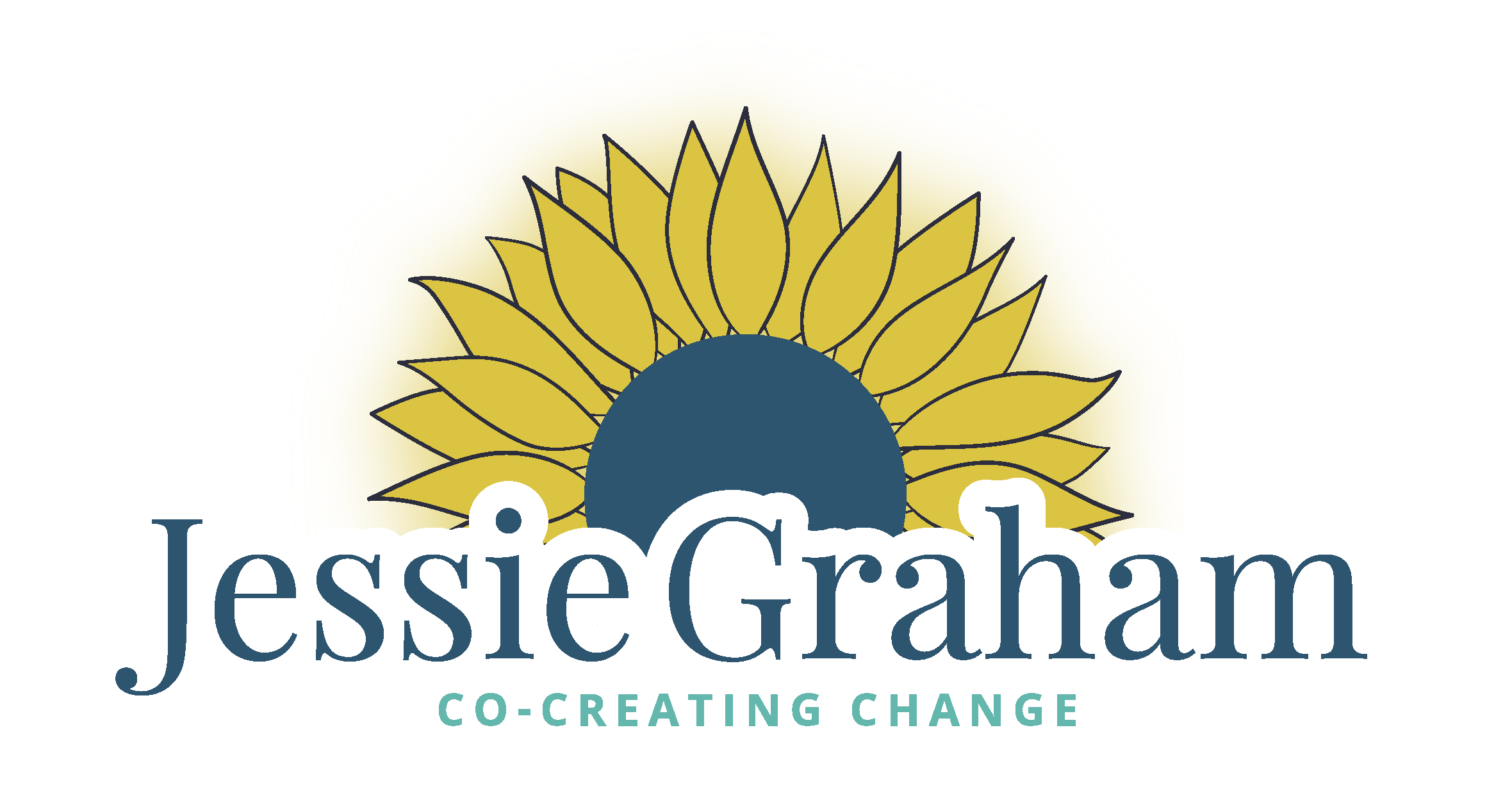The Key Component of the Story: What happened?
I love this part of the story, don’t you? I always want to know what happened to the character, where they were and who they were. However, when we listen to children tell stories, they don’t always include this part. For some reason they tell where they went. For example in response to the question: What did you do this weekend? the answer is often I went to the the store.
Don’t stop there! This demonstrates an earlier stage of story grammar. It is very simple. It doesn’t mean that the child doesn’t understand “Wh” questions (Who, When, Why, Where) either. It means that they just haven’t had a lot of exposure and opportunity to explore story grammar.
The adult often continues with questions that don’t actually get to the answer of the original question, so they never have an opportunity to answer it. We might respond to the above answer with “Who did you go with?: and that will be the story. “I went to the store with my Mom." The original question was what did you do? I went… hmmm. Is that what you did? Yes, it is. However, by using the story grammar symbols, in this case “the soccer shoe” or “kick off” you can go back and use some action words or verbs to describe what you actually did.
“I went shopping” or I” bought new shoes”… are some more descriptive responses to the same question. By drawing out the symbols, you can show them who, where they went and what they did are all important parts of the story. Those elements help the audience stay engaged and make a more complete picture of the story.
As adults we also have an opportunity to talk about our stories in a more complete and cohesive manner. We can slow down and begin our story with our characters, (Who is in your Story), Setting (See Location, Time and Space) and use action to describe the event that took place in your story.
Make it fun! Make it interesting, and model it for children. I love to tell stories with my grandchildren when we are riding in the car! They join right in and get so excited! They pick up on the patterns and become so creative!
When we think about our family, friends and colleagues and we wonder about their stories, we can gain a lot of insight by inquiring and holding space for what has happened in people’s lives. Some people have been the victims of adversity, as well as had amazing and joyful experiences. We really don’t know who people are until we understand their story. Take time to ask, and wonder. And always remember that the story is constantly changing.
I am in the midst of writing an amazing story of my life. It is so exciting. I am using all of my prior experiences to create new possibilities and break down old patterns. When we use story grammar we can often begin to recognize how we respond or have responded in the past to events that happen in our lives. Those responses are influenced by our emotions and feelings and I will write more about that in my next blog post!
Stay tuned and enjoy your story, be there writer!

